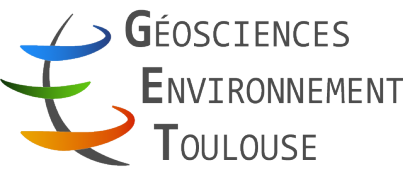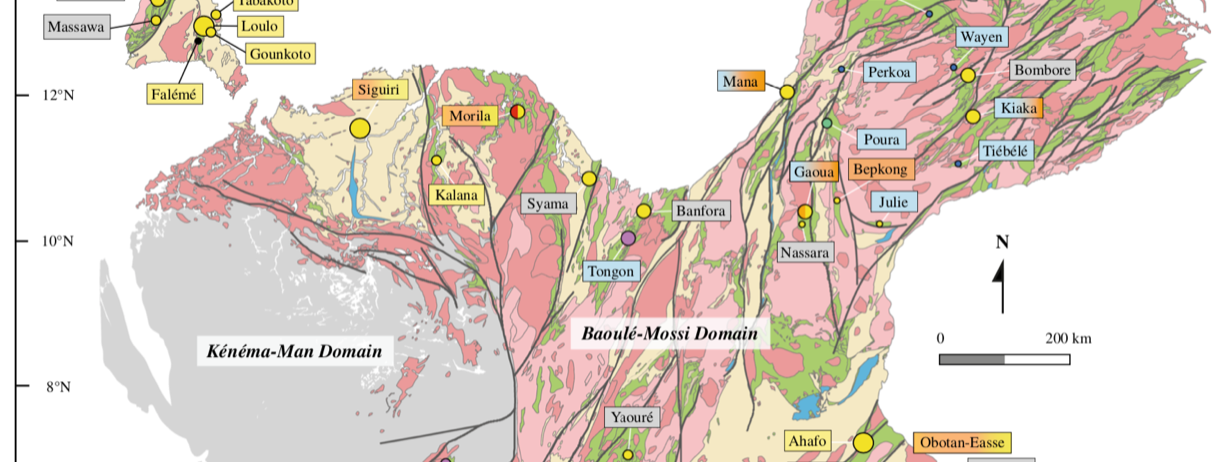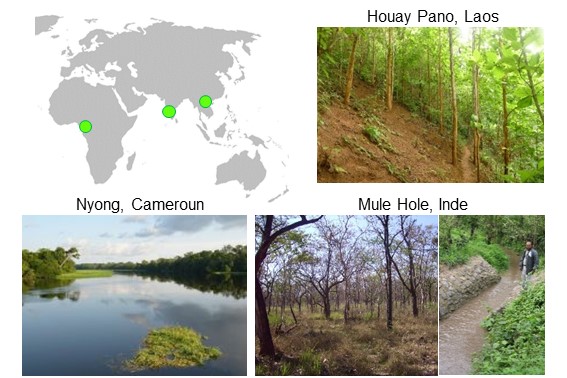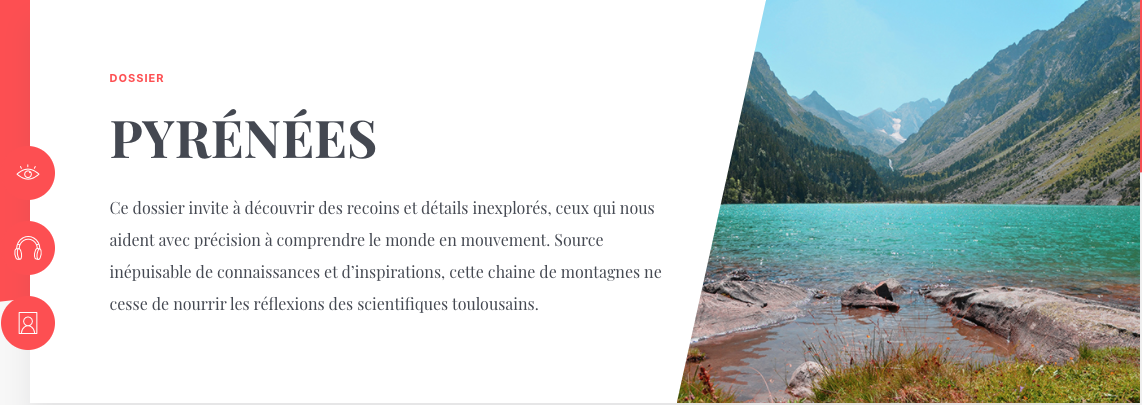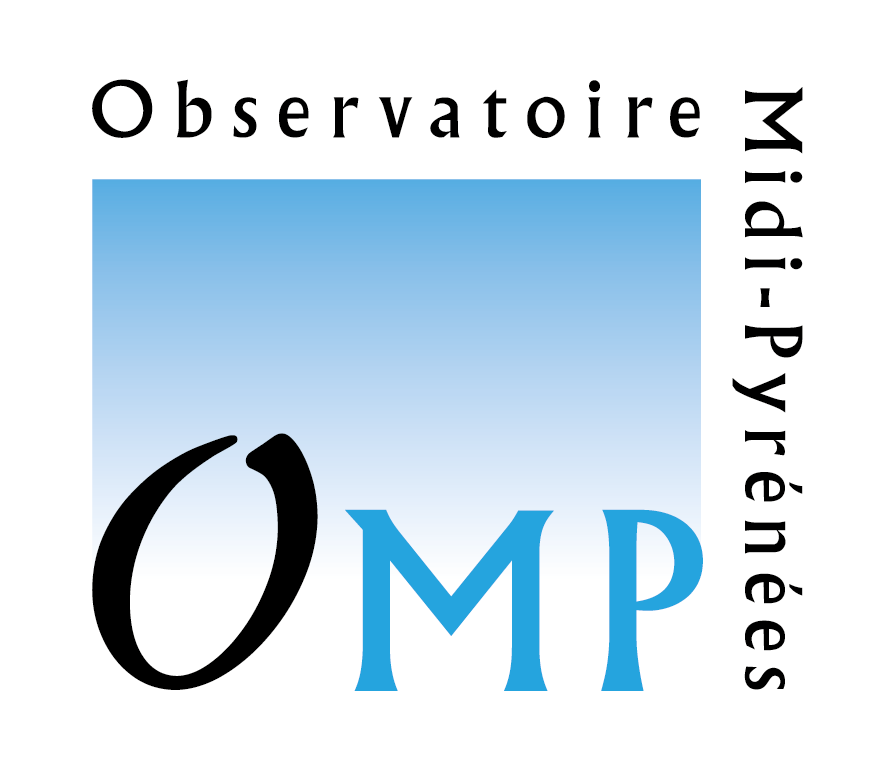A review of a 10-year investigation of Paleoproterozoic gold in West Africa
This article reviews some aspects of a long-lasting effort by a consortium of researchers from Institutes across the world, the West African eXploration Initiative (WAXI), to shed light on one of the planet’s richest gold province.
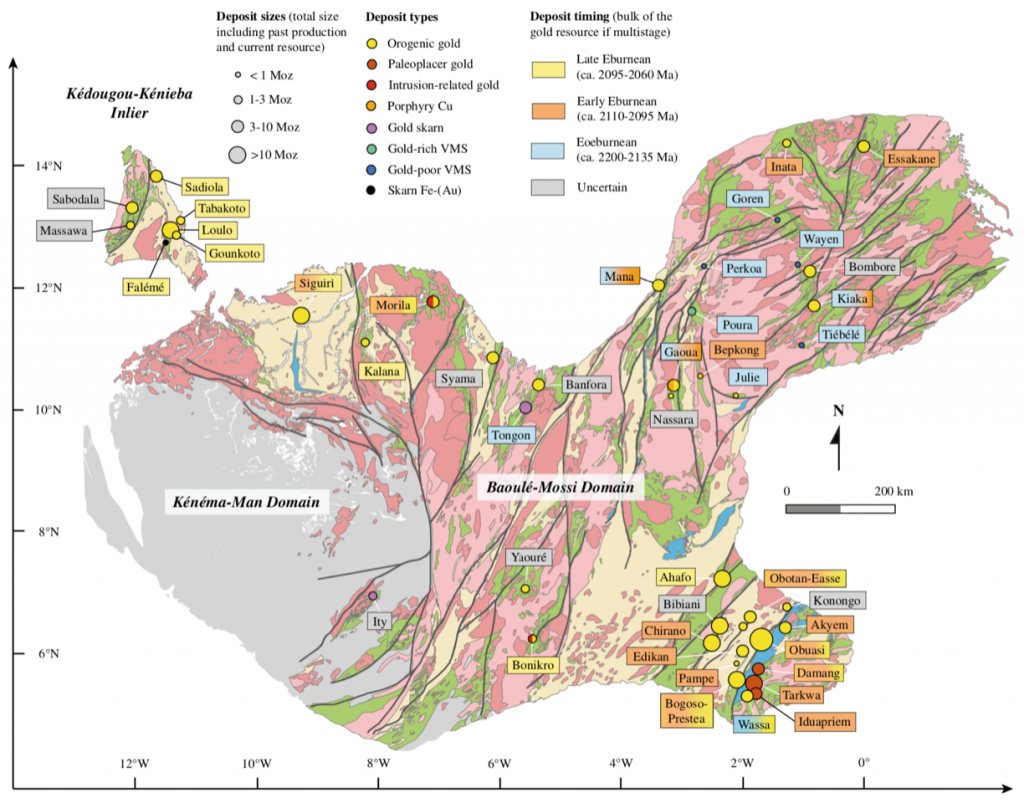
Gold mineralization in the Paleoproterozoic of West Africa (Baule-Mossi Domain) lasted more than 100 million years. Three prolific periods for ore deposition took place during the Eburnean orogeny, between ca. 2110 and 2060 Ma, a complex period of deformation, crustal thickening, burial, metamorphism, partial melting, and exhumation. This review raises a fundamental question. Was the total gold budget acquired right from the earliest geodynamic stages through accretion of juvenile crust and then remobilized during crustal reworking? Or was an initial gold budget refined by mantle-derived magmas throughout the orogenic cycle? The missing link of the West African metallogenic puzzle lies in the apparently Au-poor Archean Kénéma-Man Domain.
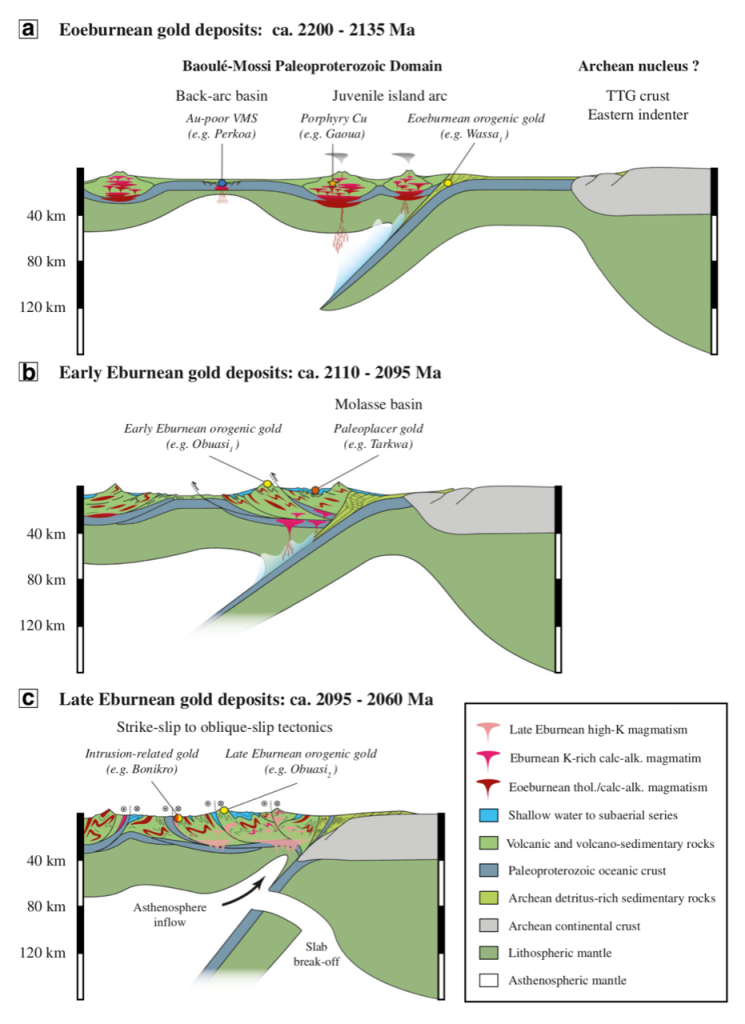
Contacts: Olivier Vanderhaeghe, Stefano Salvi, Lenka Baratoux
